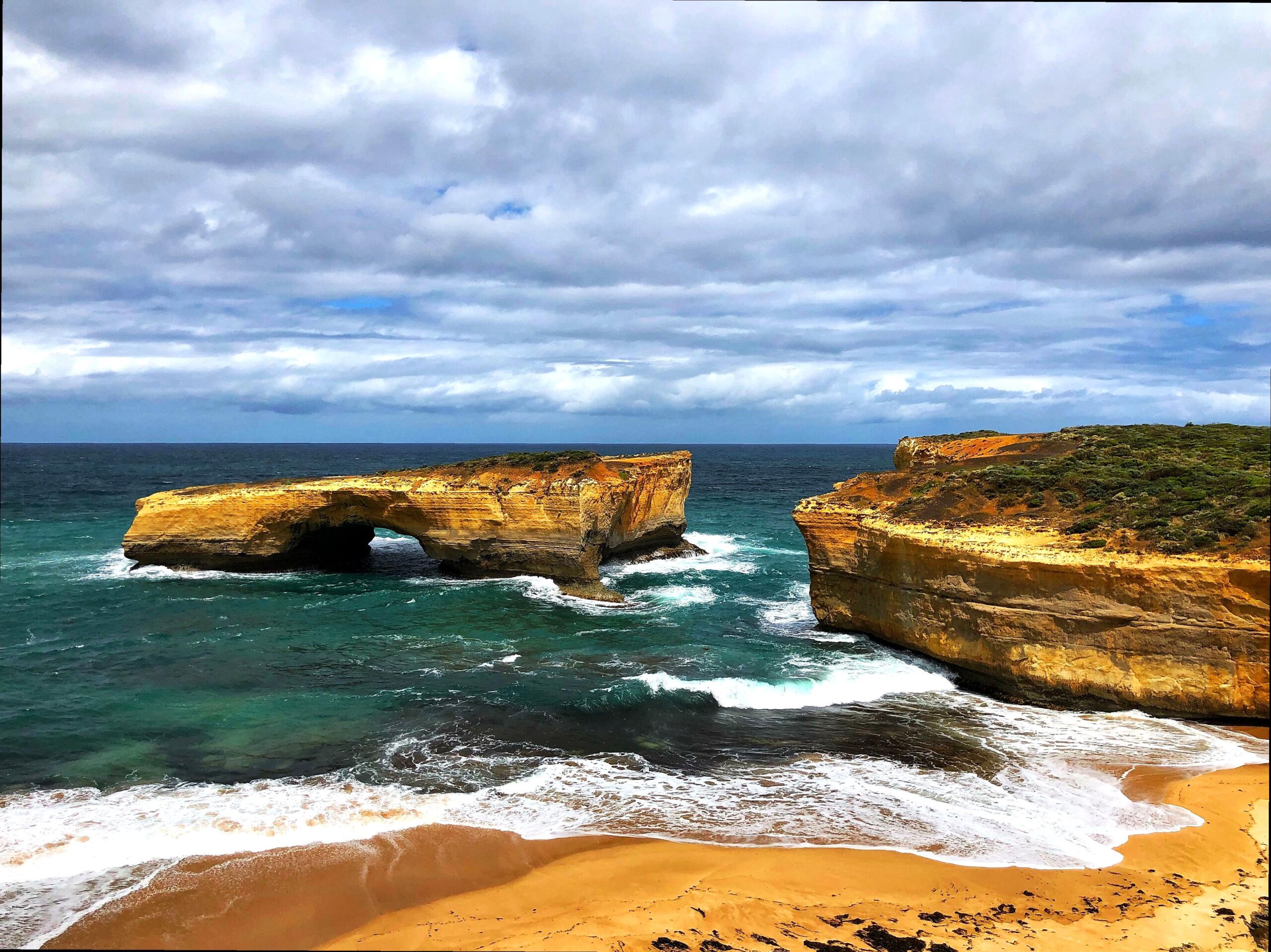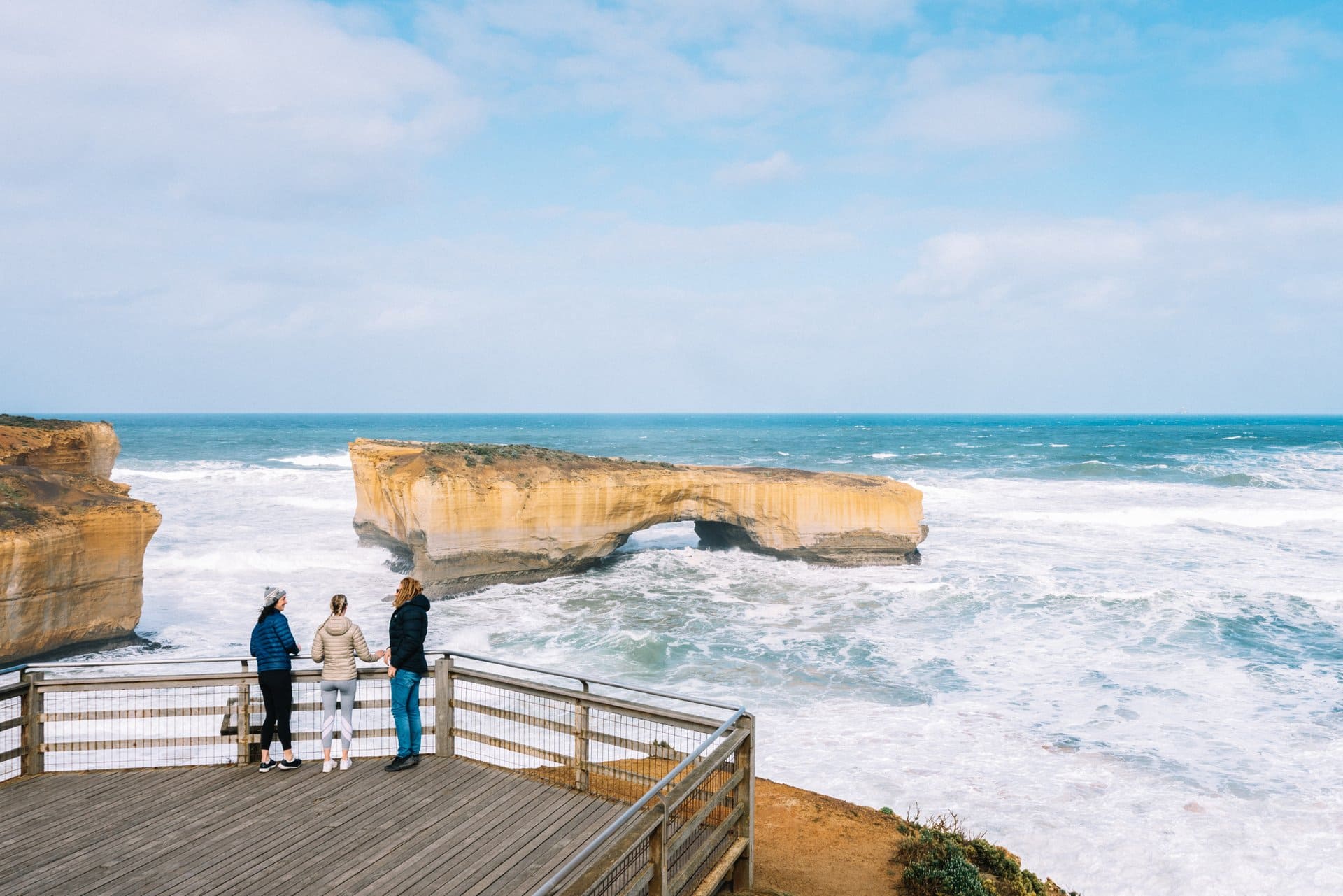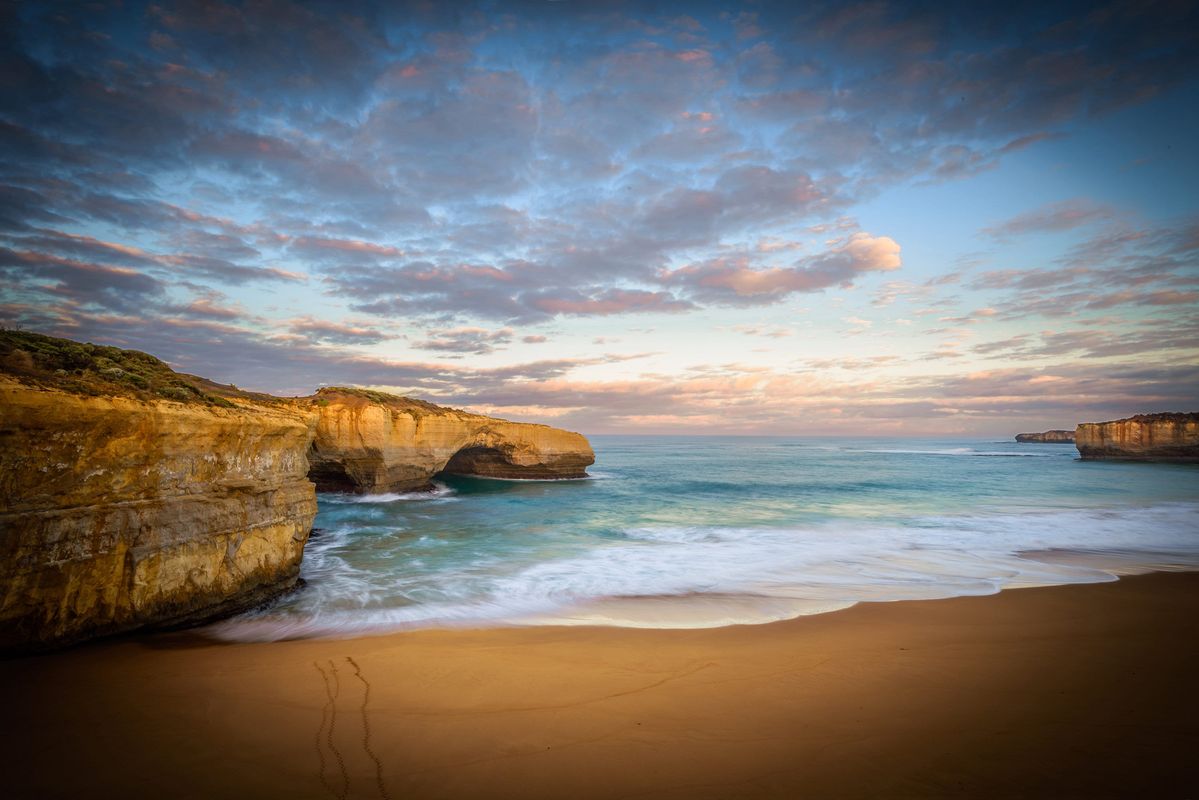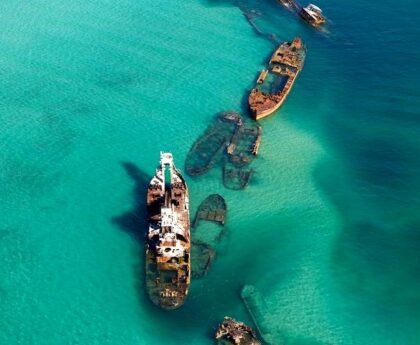London Bridge is a famous place in Australia. It is located on the Great Ocean Road, which is known for its beautiful views. The bridge itself has been formed by millions of years of natural processes that shaped the rocks into unique formations. This article will discuss some of these geological features and why they are important to tourists and geologists alike. London Bridge is not only a wonder of nature but also an example of how dynamic our planet can be. Its beauty and complexity attract everyone who visits this area. Knowing what forces created such a landmark makes us appreciate even more the artistry of nature. Let’s discover together this geological miracle called London Bridge.

Introduction to London Bridge
London Bridge is one of the most photographed places in Australia because it offers breathtaking coastal views with its impressive arches rising up from the sea level against a backdrop provided by Port Campbell National Park near Port Campbell town in Victoria state along Great Ocean Road route where it stands as an essential stopover point for any traveler interested in natural wonders or scenic beauty spots around Melbourne city region; historically serving as navigational aid for sailors along treacherous coastlines before becoming popular among tourists due to its picturesque setting overlooking Southern Ocean waters teeming with marine life forms below cliffsides covered by lush greenery dotted here & there among sandy beaches washed over by gentle waves rolling onto shorelines lined up with colorful pebbles scattered all over them like confetti pieces thrown during festive occasions celebrated annually worldwide.
The Unique Geological Characteristics of London Bridge
The main component that makes up most parts of London Bridge’s geology is limestone – sedimentary rock composed mainly from accumulated remains left behind after death or decay process undergone by various types living organisms inhabiting ancient seas over long periods spanning many millions years; thus giving rise to different layers within this formation representing different epochs when different species thrived in different environments at different times; these layers were then subjected to intense pressure over time causing them to harden into solid rock which later got exposed through erosion processes such as wind action blowing away loose materials covering them up thereby revealing their true nature as well as shape.
London Bridge has been formed by millions of years of natural processes that shaped the rocks into unique formations. The bridge is made up mostly of limestone, which is a sedimentary rock formed from the remains of marine organisms. Over time, these rocks have been eroded and weathered by waves from the Southern Ocean, creating an intricate coastal landscape. This combination of geological forces has resulted in the arches and columns that we see today at London Bridge. It is worth noting that originally there was only one arch but it collapsed in 1990 showing how its geological structure continues changing with time. Knowing all these things will help us understand why we need to conserve such natural wonders.

The History of London Bridge’s Geological Changes
Formation Timeline
The formation process for London Bridge took place over thousands of years. It started with deposition of limestone sediments on the ocean floor followed by tectonic movements that uplifted these layers to form coastal landscapes. Here are some key events in its geological history:
- Depositional Period: Limestone formation begins over 10 million years ago.
- Uplift: Tectonic forces raise the seabed to create coastal landscapes.
- Erosion: Waves start shaping what would become known as London Bridge.
- Arch Collapse: One arch collapses in January 1990 dramatically altering its appearance forevermore.
Erosion and Its Impact
Erosion is responsible for the current state of London Bridge. The waves from the Southern Ocean have been eroding the rocks for many years, which has resulted in its unique shape and features.
Different geological assessments have shown that if erosion continues at the current pace, we may see more changes in the future. This part not only shows how beautiful natural processes are but also how delicate such formations can be. As London Bridge keeps changing, it is important to understand its geology and what threatens it. Continuous monitoring of these changes greatly contributes to tourism as well as geological education.

Exploring the Surrounding Geological Formations
While visiting London Bridge, tourists can take time to explore other amazing geological formations along the Great Ocean Road. The area boasts a variety of coastal features such as the Twelve Apostles, Loch Ard Gorge and the Grotto among others. Each of these has its own geological story and unique characteristics which help people appreciate better natural wonders found within this region. Below is a comparison between London Bridge and other notable formations:
| Formation | Geological Composition | Key Features |
|---|---|---|
| London Bridge | Limestone | Arches, Columns |
| Twelve Apostles | Limestone | Sea Stacks |
| Loch Ard Gorge | Sedimentary Rock | Gorge, Cliffs |
| The Grotto | Limestone | Caves, Natural Bridge |
Why Visit London Bridge?
London Bridge is not only a geological wonder but also an excellent place for photography and leisurely walks along the beach. The panoramic views it provides make it a perfect spot for nature lovers as well as photographers. Visitors can often see breathtaking sunsets that light up the rocks’ unique shapes. Additionally, there are various tours that give insights into this iconic site’s geology, history and significance. Before coming here, guests should follow safety guidelines especially near cliff edges. Taking time to see this natural beauty is a journey worth making for anyone travelling along the Great Ocean Road.
Environmental Conservation Efforts

The conservation of geological sites like London Bridge is important in order for future generations to be able to appreciate and study natural formations. Different environmental conservation efforts are being done so as not only to protect London Bridge but also other coastal areas around it. Erosion monitoring by organizations and local authorities coupled with responsible tourism practices aimed at reducing human impact on these fragile sites are some of the measures being taken. There are also public awareness campaigns meant to educate visitors about conservation importance and proper ways of interacting with these natural formations. By supporting such initiatives, tourists can help in safeguarding geological integrity of London Bridge. Together we can ensure that this landmark remains both historically valuable and beautiful for many years ahead.
Conclusion
In conclusion, the geological formations found at London Bridge on the Great Ocean Road represent an amazing display of nature’s beauty and intricacy. With its deep roots in geological processes over time, London Bridge continues changing into one among popular tourist destinations within Australia today. When we understand what makes up these structures through appreciating forces behind their formation; then our love affair with earth becomes even stronger than before because now we know her better too! Everybody should go there not just because it looks nice but also because there are many stories written on those rocks which can tell us about our planet’s history. You will gain knowledge about earth’s past events as well as current forces that shape it into different forms.
FAQs
Q1: What makes up the geological composition of London Bridge?
A1: The primary component of London Bridge is limestone, which is a sedimentary rock formed by sedimentation and compression over millions of years.
Q2: How has erosion impacted London Bridge?
A2: Erosion has greatly changed the structure of London Bridge. In 1990, one of its arches collapsed due to erosion, which altered its shape and made it an interesting subject for study among geologists.
Q3: Is it safe to go to London Bridge?
A3: Yes, visiting London Bridge is generally safe. However, people should follow safety precautions and stay at designated viewing areas because there may be dangers associated with erosion.
Q4: Are guided tours offered at London Bridge?
A4: Yes, there are guided tours available that provide information about the geological history and significance of the site, thus making visitors’ educational experience more comprehensive.
Q5: How can we help in conserving geological sites such as London Bridge?
A5: Tourists can contribute by honoring signs, observing park regulations, not littering around and backing up conservation groups that work towards safeguarding these natural marvels.


